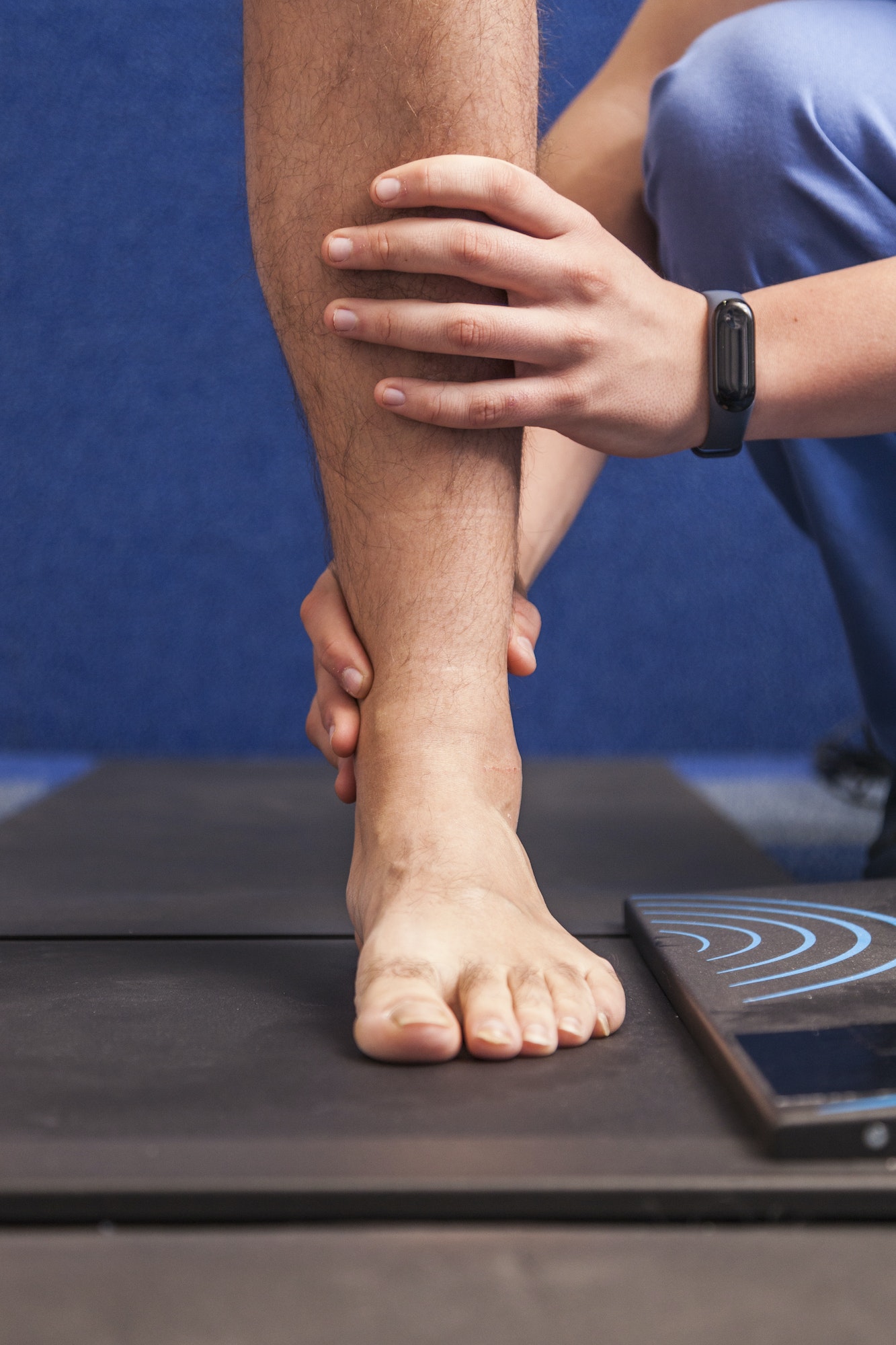Table of Contents
If you are one of the many people who suffer from hammertoe, you know how it can be painful and frustrating. Although it is a common condition, many individuals are unaware of how to manage it effectively. Fortunately, there are several dos and don’ts that can help alleviate the pain and prevent further damage. This includes wearing the right shoes and performing exercises that can improve flexibility. These tips are based on expert advice and medical research. When followed, they can provide you with practical and effective solutions to alleviate your discomfort and prevent the condition from worsening.
Symptoms
Why Do People Get Hammertoes?
There are several reasons why someone could suffer from hammertoe:
- Hereditary: Genes can play a role. Often, foot structures are inherited. People may develop them if other family members have hammertoes.
- Flat Feet or High Arches: Flat feet or even very high arches can cause muscle and tendon imbalances, which offset the foot and progressively cause hammering of the toes over time.
- Select Shoes: Fashionable shoes not only cause the feet to be crammed into the shoe, the lack of arch support can also lead to toe contractures. Additionally, tight or ill-fitting shoes do not provide enough room for the toes to move freely.
- Disease: Neuromuscular diseases can contribute to hammertoes through muscle tendon imbalances. Those with arthritis or diabetes can experience nerve damage and weakened muscles in the foot.
Diagnosis and Treatment
Do's & Don’ts for Managing Hammertoe
Do...
- Wear proper footwear: Choose shoes that have adequate arch support with a wide toe box to provide ample room for the toes to move freely.
- Wear pads and orthotics. Investing in custom orthotics or over-the-counter pads can provide additional relief and cushioning for your affected area.
- Stretch! Regular foot stretches are important in maintaining proper toe flexibility and strength. One effective technique involves stretching each toe individually – gently pulling on each toe and holding the stretch for ten to fifteen seconds. Another technique involves using a towel to stretch all the toes simultaneously. Place a towel under the toes and gently pull upwards. Consult with a medical professional before attempting any stretching exercises to ensure they are appropriate for your specific condition.
“A shoe is the right size only when it fits comfortably.”
Dr. Bilal Siddiqui
Don't...
- Wear poor shoes. Don’t wear inappropriate or unsupportive shoes throughout the day. Avoid high heels and tight-fitting shoes as the friction can cause corns, which are painful and unsightly. High heels can also shorten the Achilles tendon causing hammertoe over time, and the pointy toe boxes can aggravate the toes.
- Wear shoes with stitching. Those with hammertoe should avoid shoes with seams or stitching in the toe area, as this can cause irritation and lead to corns. The stitched areas are inflexible and do not accommodate hammertoes or bunions.
- Assume you know your shoe size. People often think their feet never change. However, your shoe size changes as you age! It is important to get your foot measured regularly by a Bannock device. Also, when exploring different brands of shoes, do not go by shoe size. Shoe sizes vary among manufacturers, and a shoe is the right size only when it fits comfortably.
Conclusion
Managing hammertoe symptoms can be challenging. However, you can find relief and improve your daily life with the right approach and guidance. By following these practical tips, you can prevent the condition from worsening, reduce your discomfort, and live a more active lifestyle. Don’t let hammertoe control your life. Do take action today to start managing your symptoms effectively.
Click the “Find a Provider” tab on this website to find a board-certified podiatrist near you.

Meet Weil Foot & Ankle Institute
By: Weil Foot & Ankle Institute, Published: Feb 16, 2024
Review By: Bilal Siddiqui DPM – Feb 16, 2024


